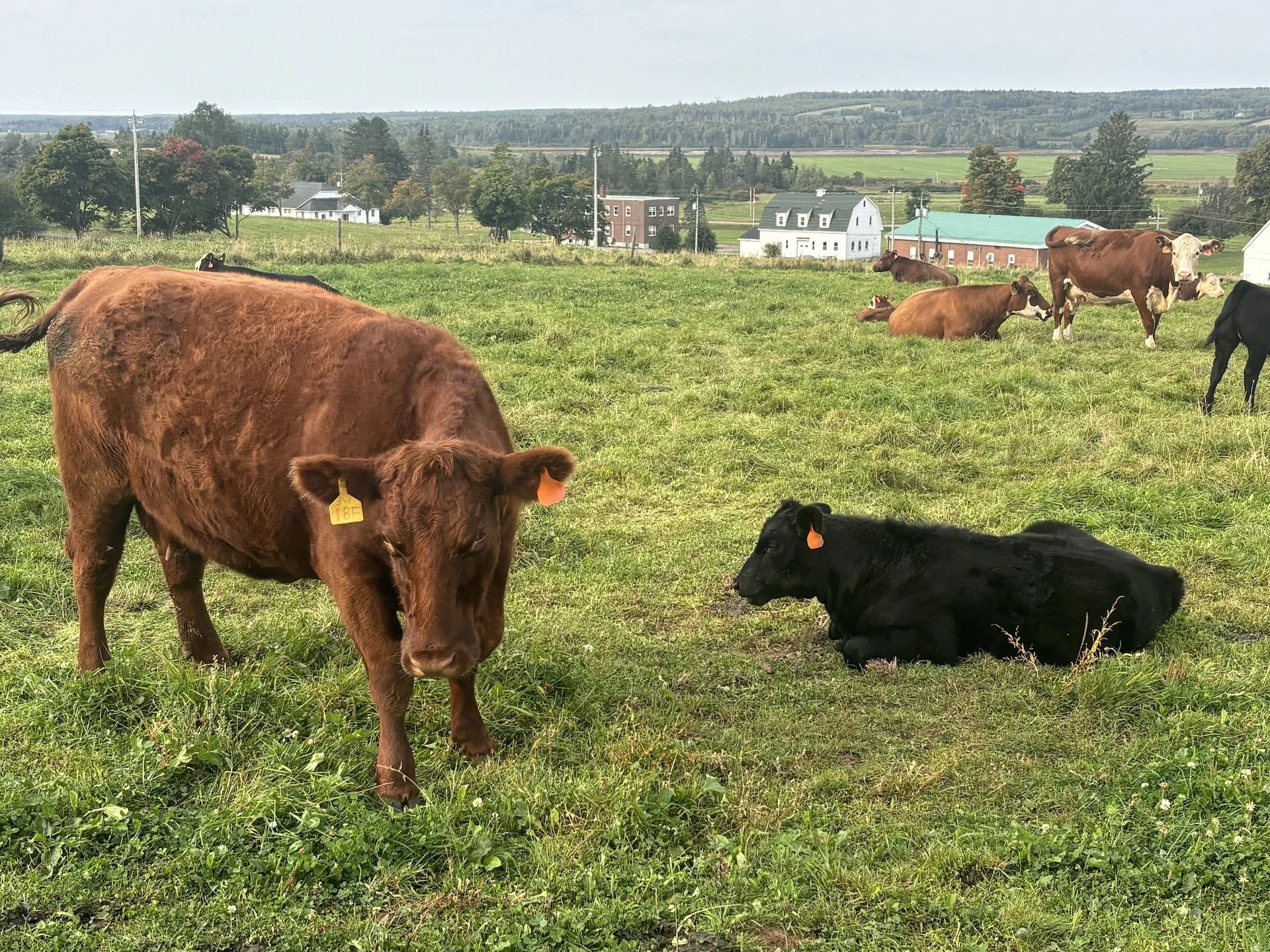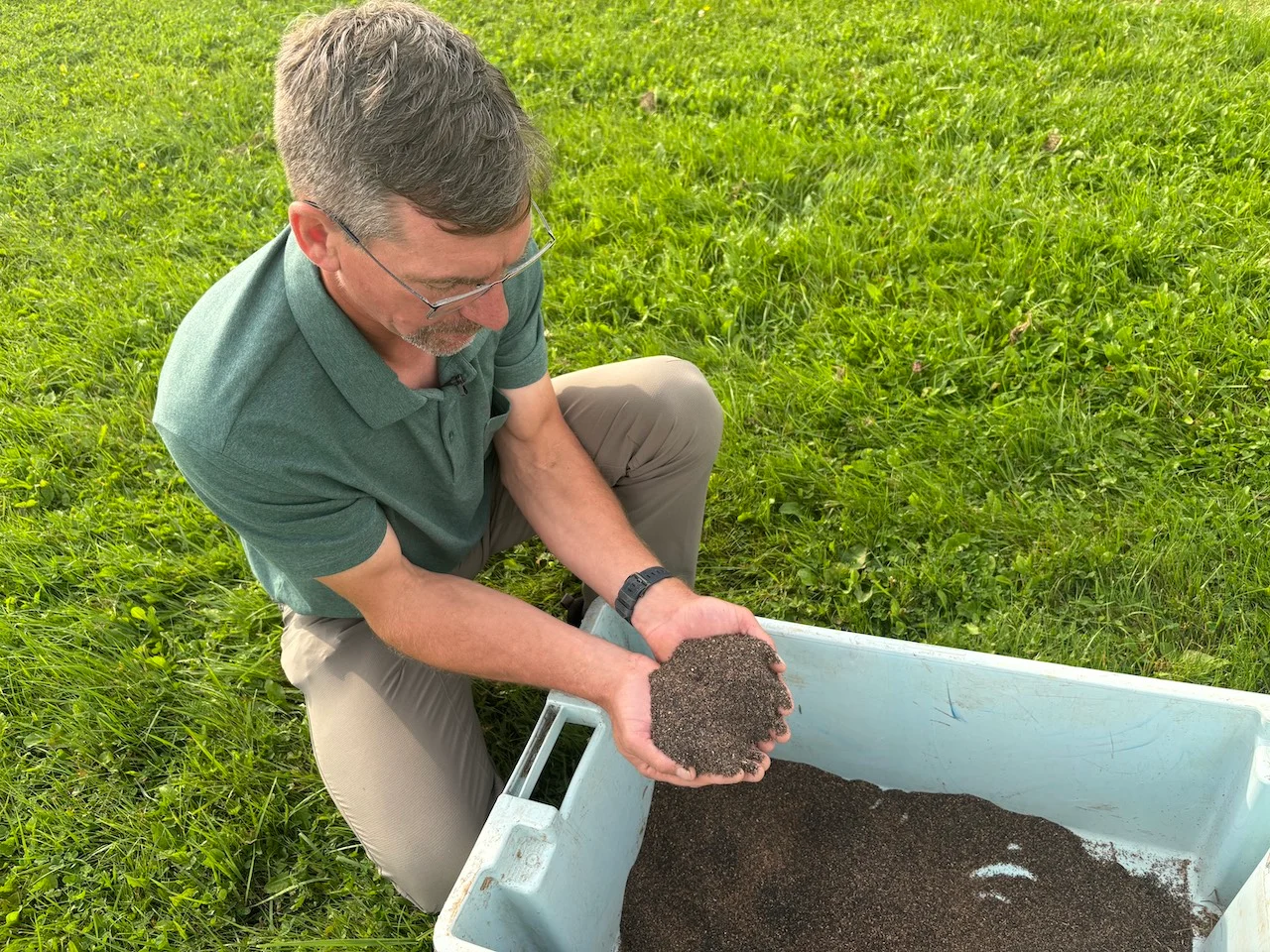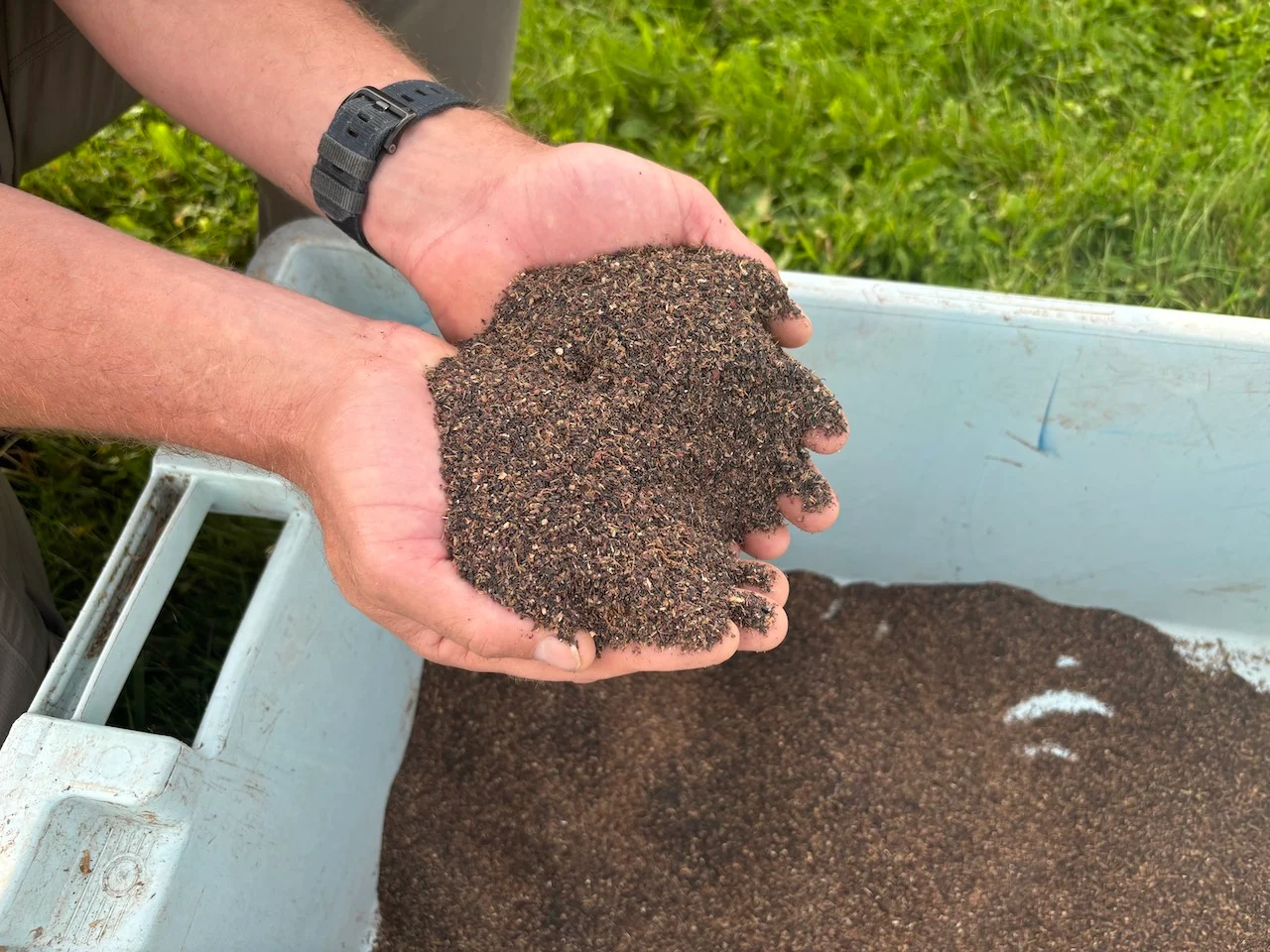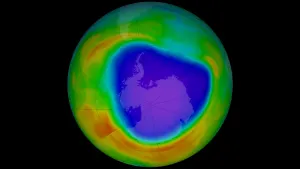
East Coast cows are being fed seaweed. Here's why
A research farm in Nova Scotia is experimenting with seaweed as cattle feed, aiming to reduce methane emissions by altering their digestive processes.
Cattle at the Nappan Research Farm in Nova Scotia are used to chewing on grass all day.
John Duynisveld, an Agriculture and Agri-Food Canada research biologist, has been giving them something new to chew on as part of a research study: Seaweed.
SEE ALSO: Adding fish to rice fields can help protect the environment. Here's how
Turns out, they can’t get enough of that salty goodness.
“It’s raked on the shores of northern P.E.I., and they dry it. Then, it gets ground very fine so it’s easy for the cattle to eat,” Duynisveld told The Weather Network.
So why feed kelp to pregnant beef heifers?
Cows have a large fermentation chamber in their first stomach, where bacteria produces methane as one of the byproducts of breaking down the fibres that are in the grass.

Agriculture and Agri-Food Canada research biologist John Duynisveld. (Nate Coleman/The Weather Network)
The idea is that the less fibre you feed the cow, the less methane they produce.
“In Canada, we have committed in the cattle industry to try and reduce our greenhouse gas emissions by 30 per cent by 2030,” said Duynisveld.
The cows eating the kelp are measured for levels of oxygen, carbon dioxide and methane in a collection chamber on the farm.
Visit our Complete Guide to Fall 2024 for an in depth look at the Fall Forecast, tips to plan for it and much more!
“Cows are really quite neat because they can take things that we can’t digest, like grass and hay, and when that goes into their rumen, there are bacteria and other types of organisms in there that will ferment that, and produce what the cow needs to live on," said Duynisveld.
However, at the same time they’re doing that, the cows will produce methane and carbon dioxide, and a few other byproducts, he added.

Agriculture and Agri-Food Canada research biologist John Duynisveld. (Nate Coleman/The Weather Network)
"When we feed them the kelp, what we are suspecting is that some of these bacteria producing methane are slowed down and not producing so much methane, whereas the other bacteria that aren’t producing methane are becoming more prolific and the cows are still able to digest the feed very well,” Duynisveld said.
Preliminary results showed an 11 to 15 per cent reduction in methane emissions for the heifers that received higher amounts of kelp.
“It’s not like feeding seaweed to livestock is new. [On] lot of the islands off of Scotland and [in] places in northern Europe, actually, the livestock have been eating the seaweed, especially in the winter, for thousands of years. Whatever was up on the shores would be something the animals would eat,” Duynisveld said.
Even here in Nappan, N.S., studies conducted in the 1960s looked at how much seaweed cattle could eat as an alternative feed in times of drought.











